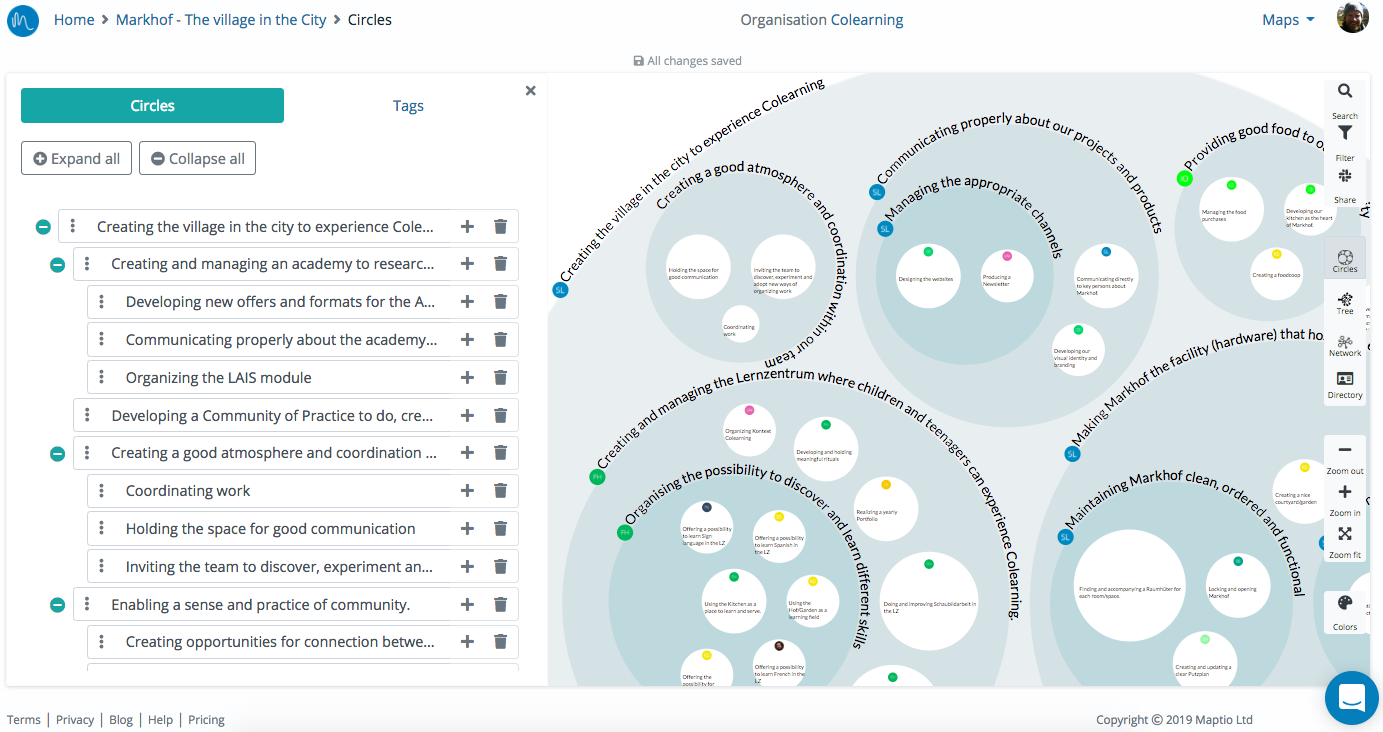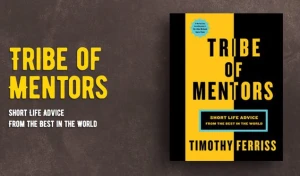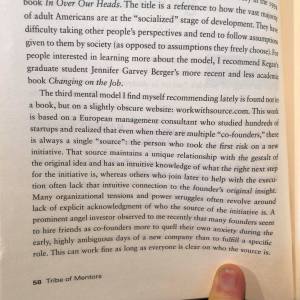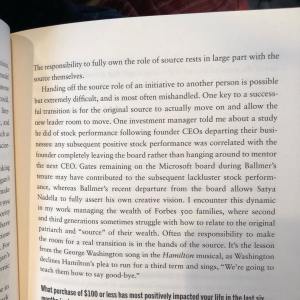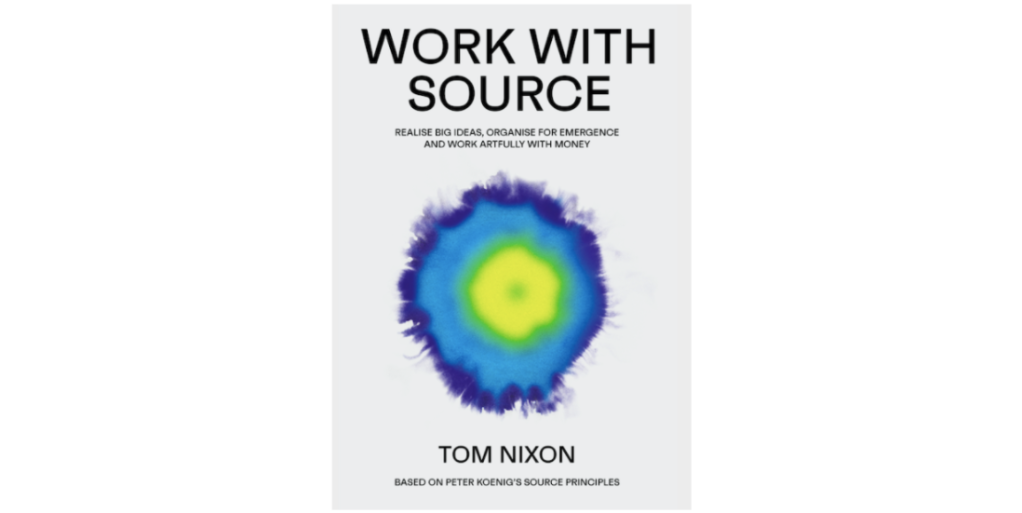
Tom Nixon‘s new book based on Peter Koenig’s source principles is now available to order and shipping globally. All purchases also get a PDF of the book to start reading immediately.
Here’s the description from the back of the book
We live at a time of “terrifying opportunity”. From the climate emergency to the rise of authoritarianism, we face a dizzying array of threats, yet there is also vast positive potential all around us. To make the most of it, we need human ingenuity to flourish, in social movements, purpose-driven businesses, and the many other collaborations that can change our world for the better.
Nothing starts without a founder, but here’s the great paradox: to grow a collective endeavour, it can’t just be about the founder. We have to decentralise, yet at the same time, founders and their successors have a natural authorship and vital role to play in endeavours they start. A founder failing to show up well can be the undoing of everything, but get it right and a purposeful vision can come to life spectacularly.
Sharing the seminal thinker Peter Koenig’s decades of research, and his own experience of developing highly participatory initiatives, Tom Nixon will introduce you to a new perspective on being a founder and developing purposeful endeavours that can harness the creative potential of everyone involved.
Work with Source is a comprehensive guide that can be read from cover to cover or used as a reference for founders to help them meet the pivotal challenges they’ll encounter on the journey.
About the author
Tom Nixon is an advisor to purpose-driven leaders. He is also the founder of Maptio, an associate at Greaterthan, an activist, and a director of the Meaning Conference on better 21st-century business.
